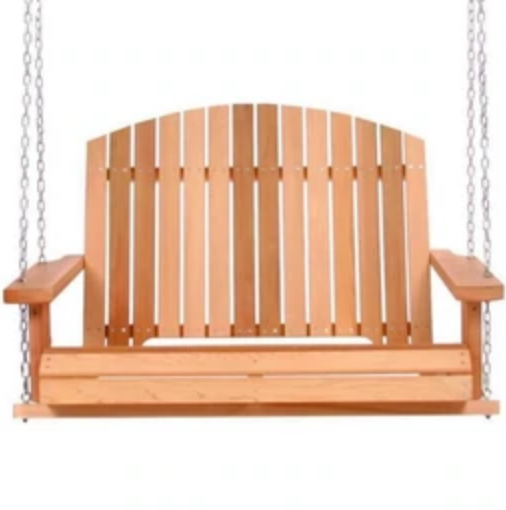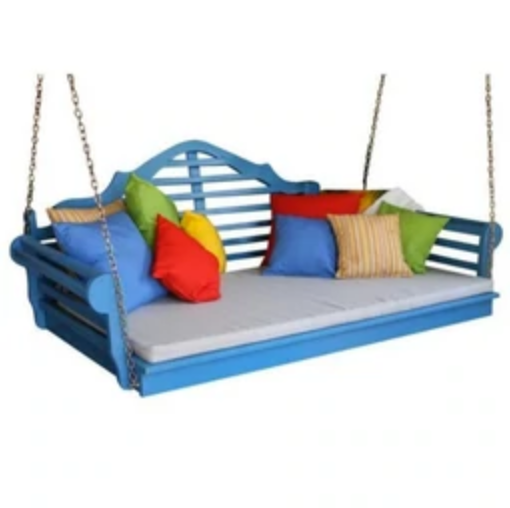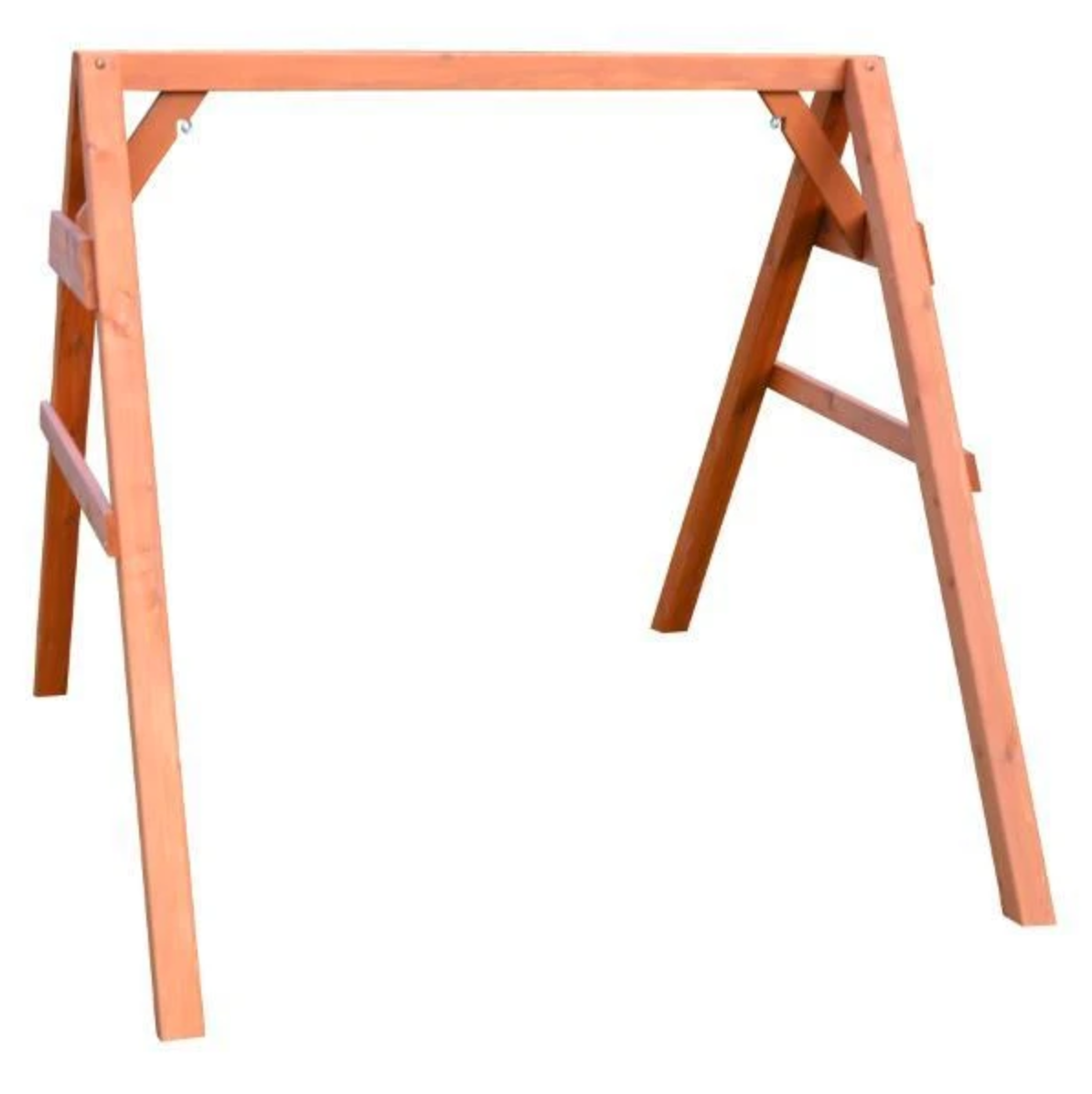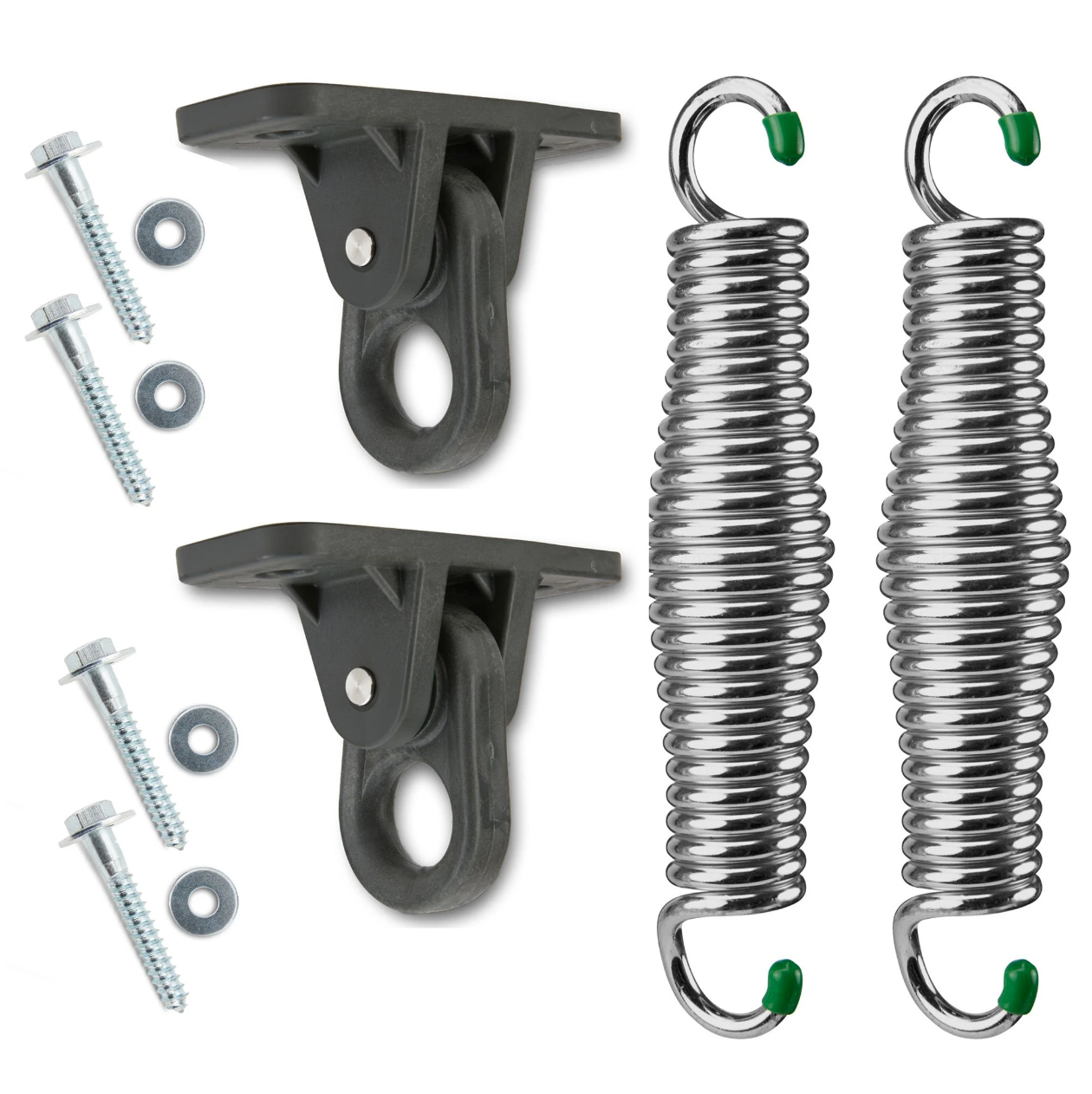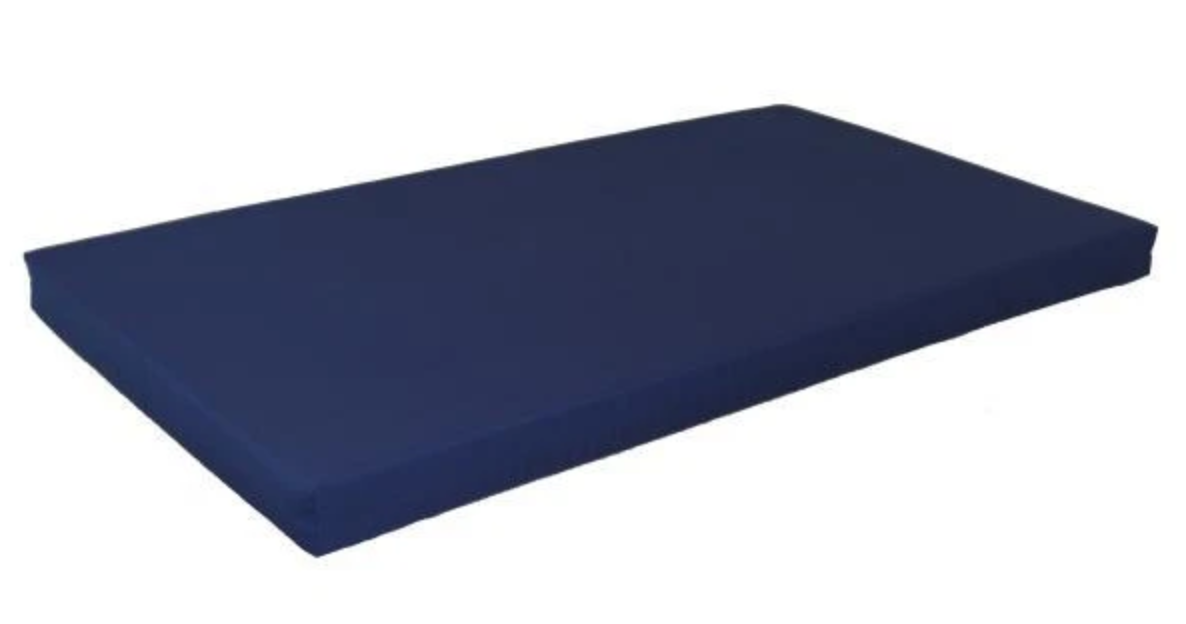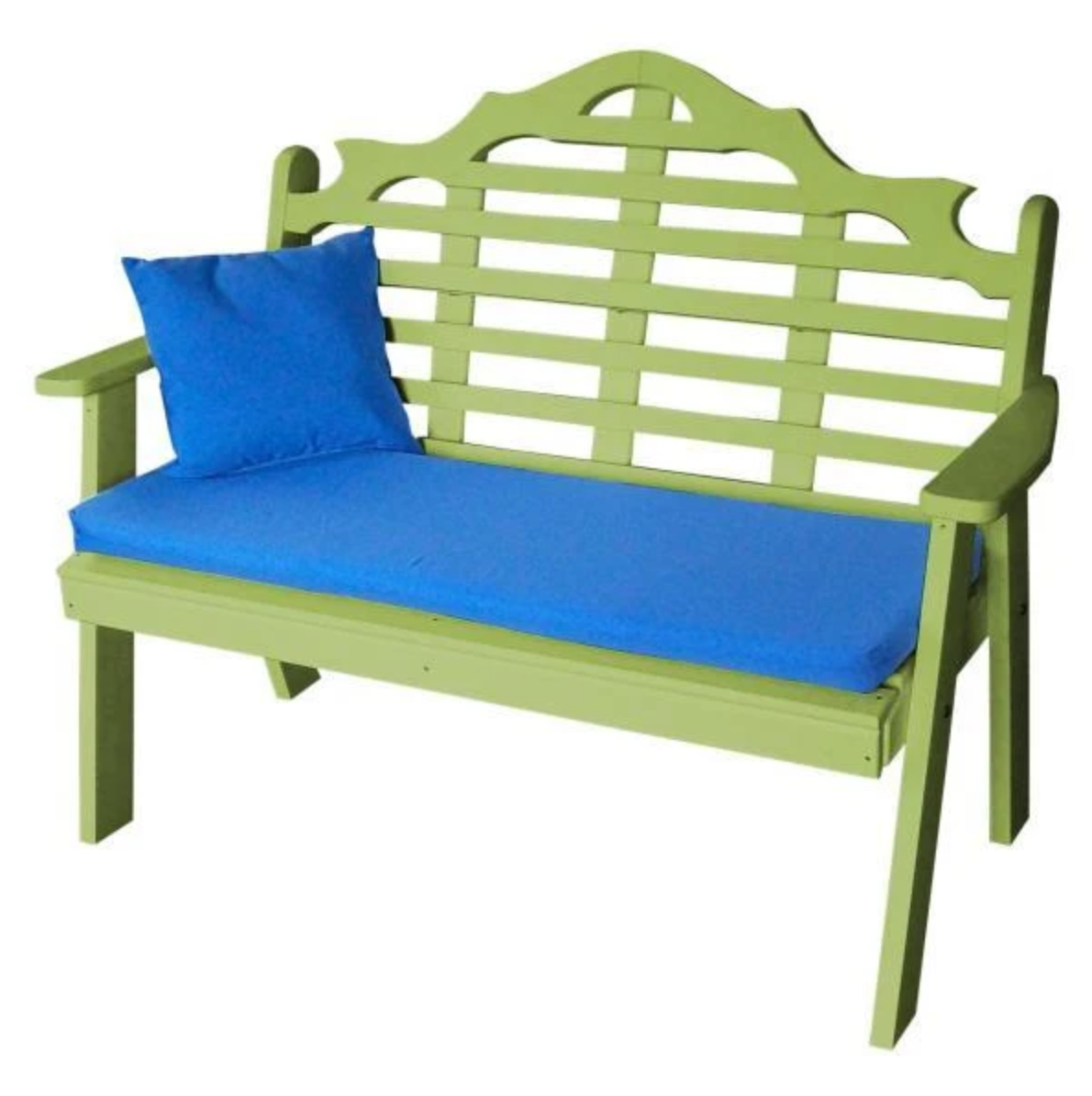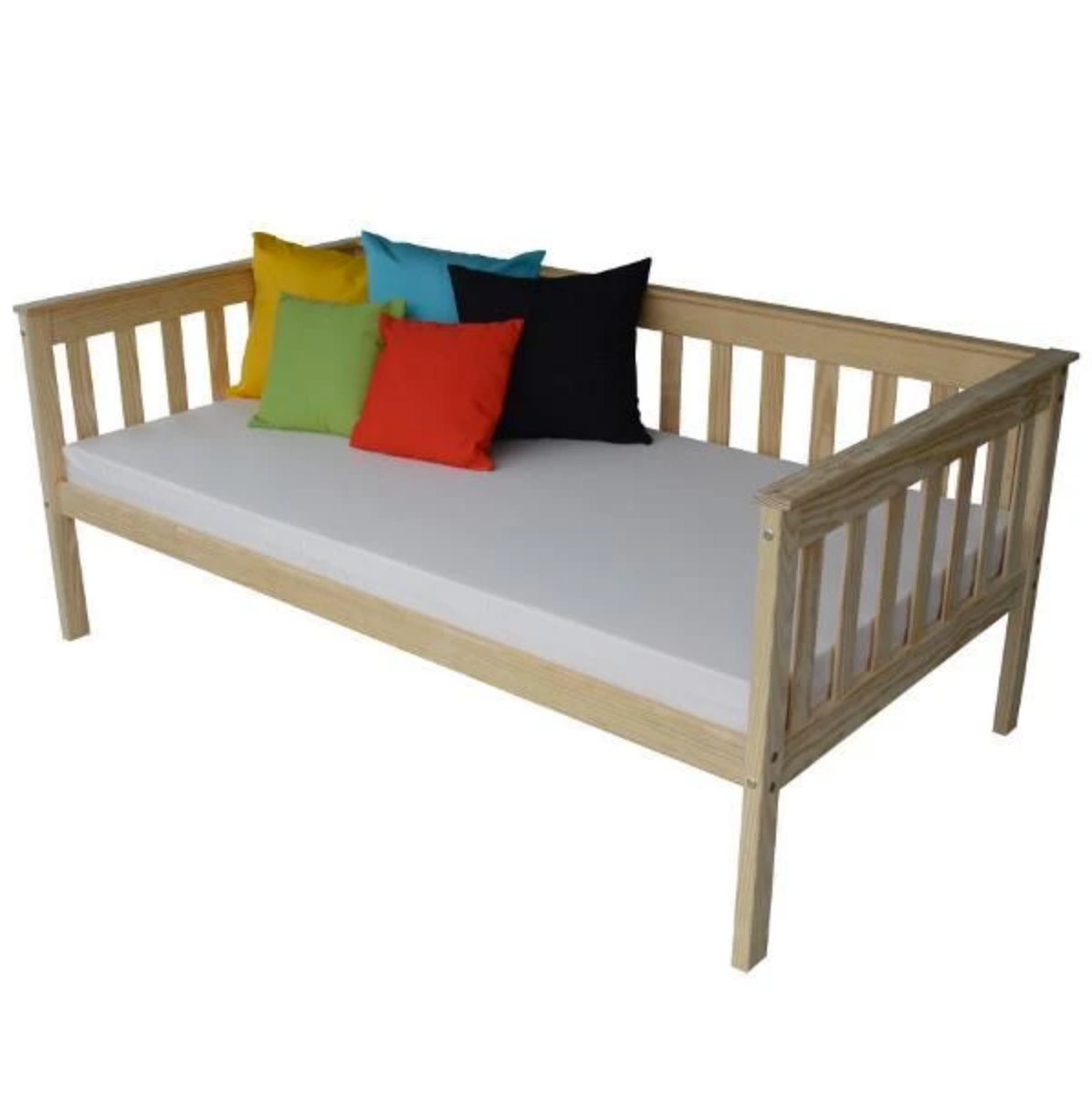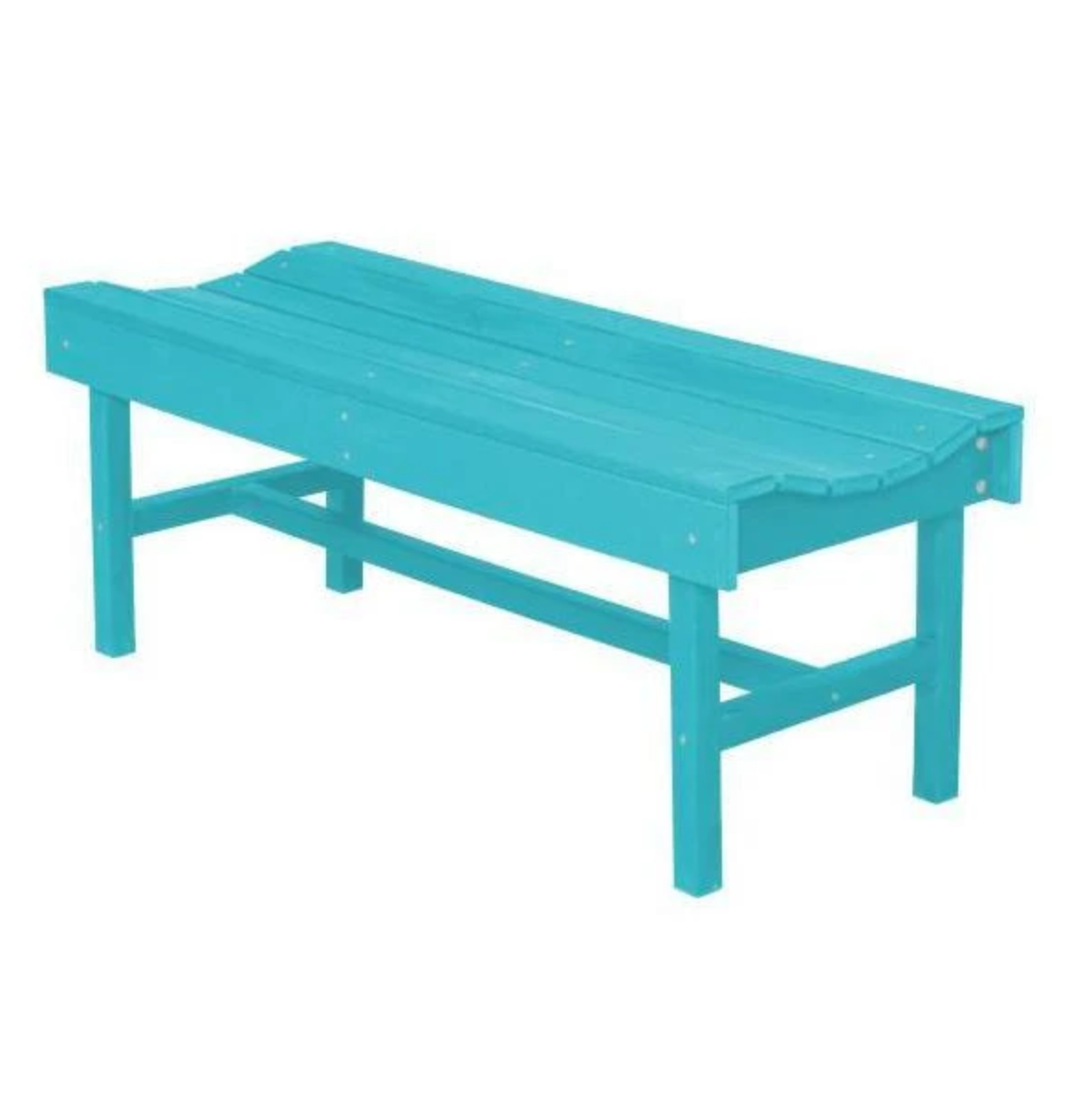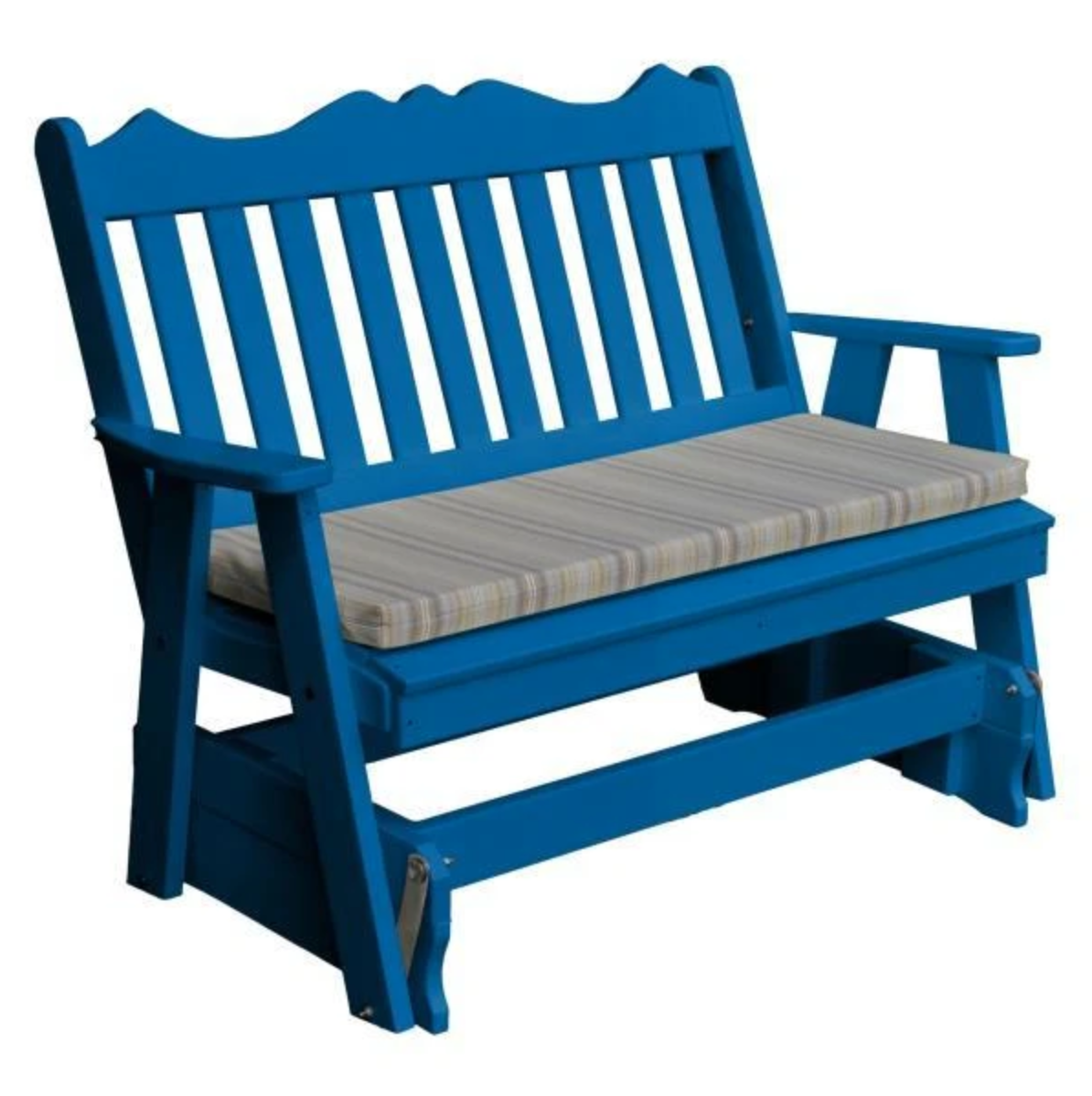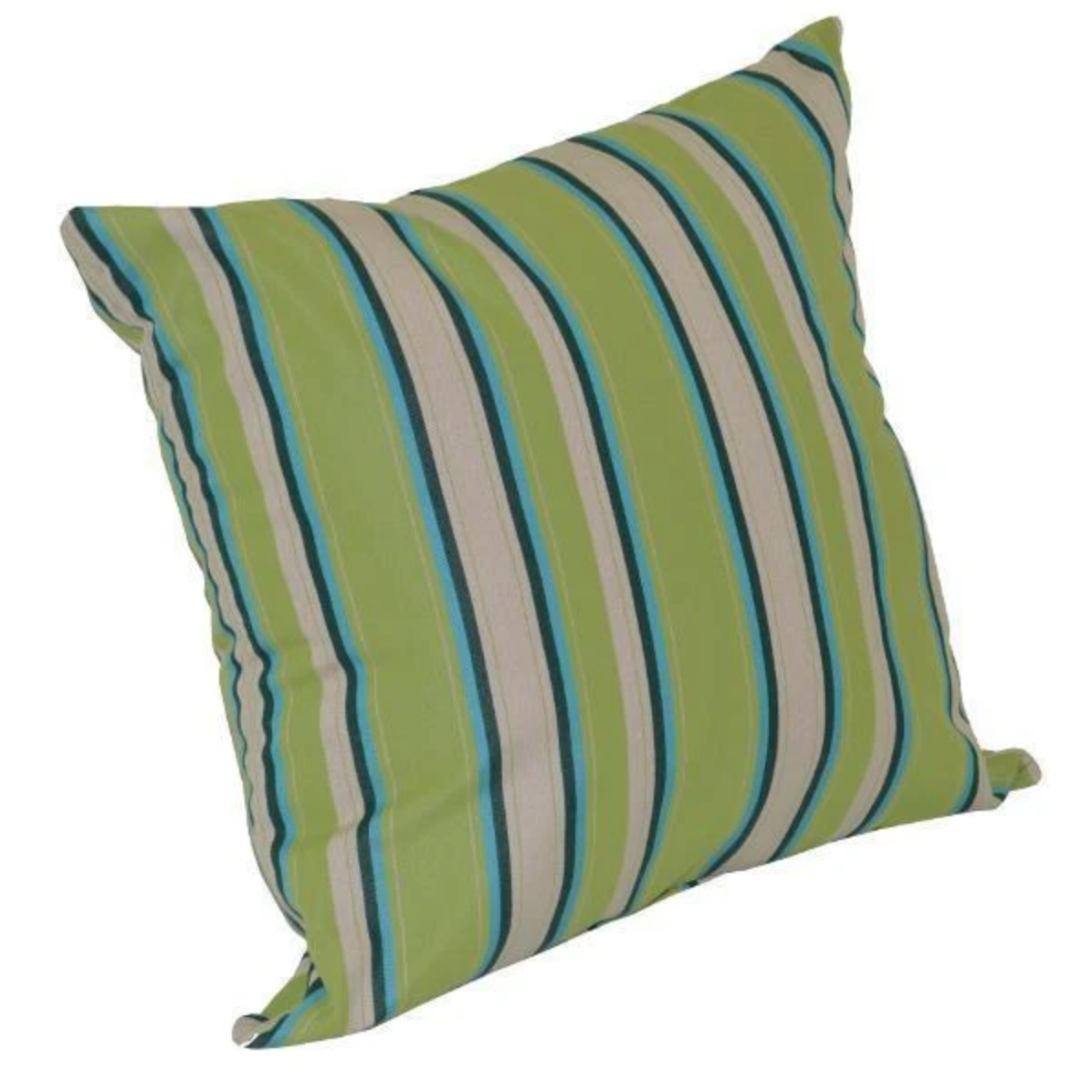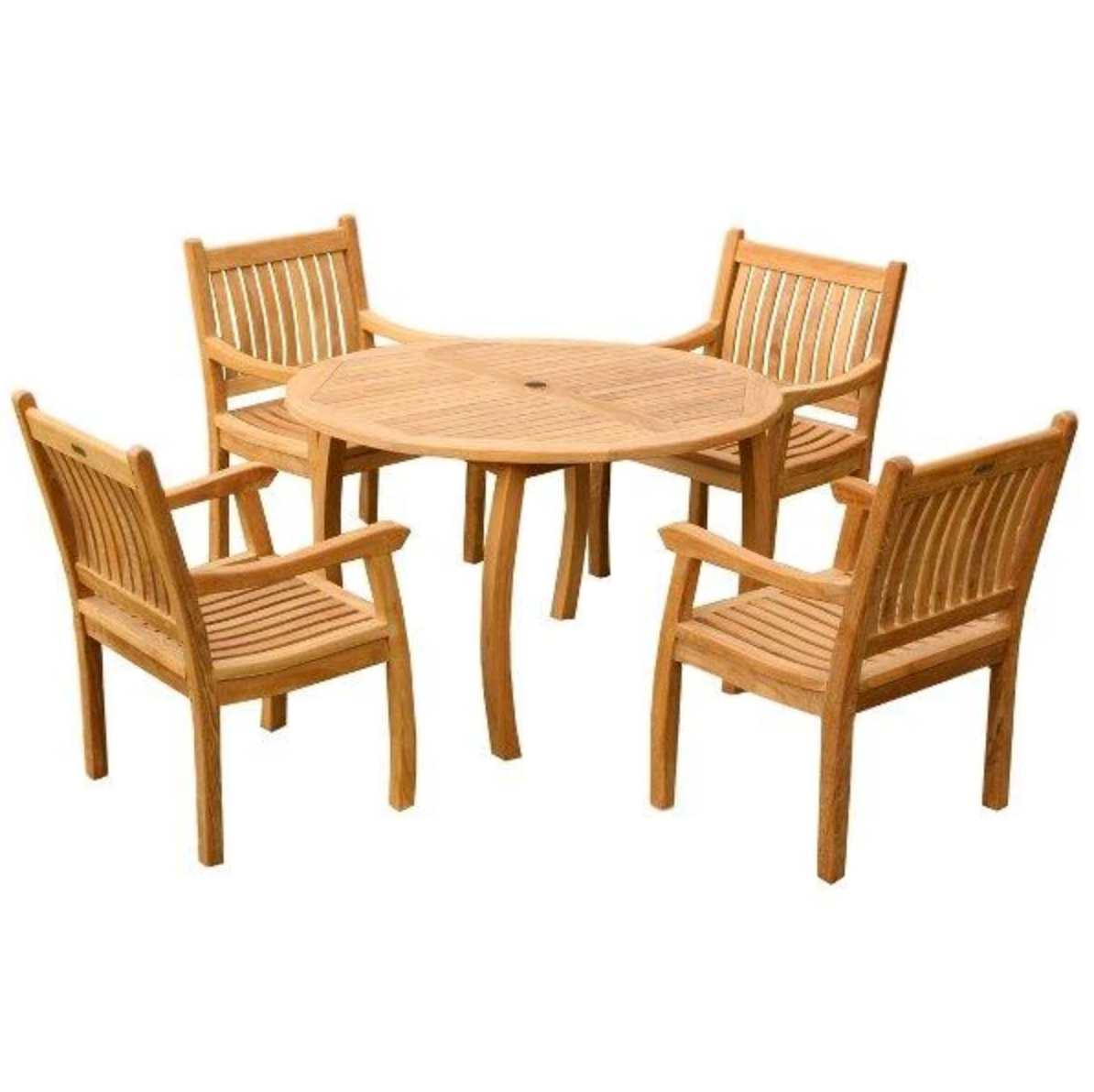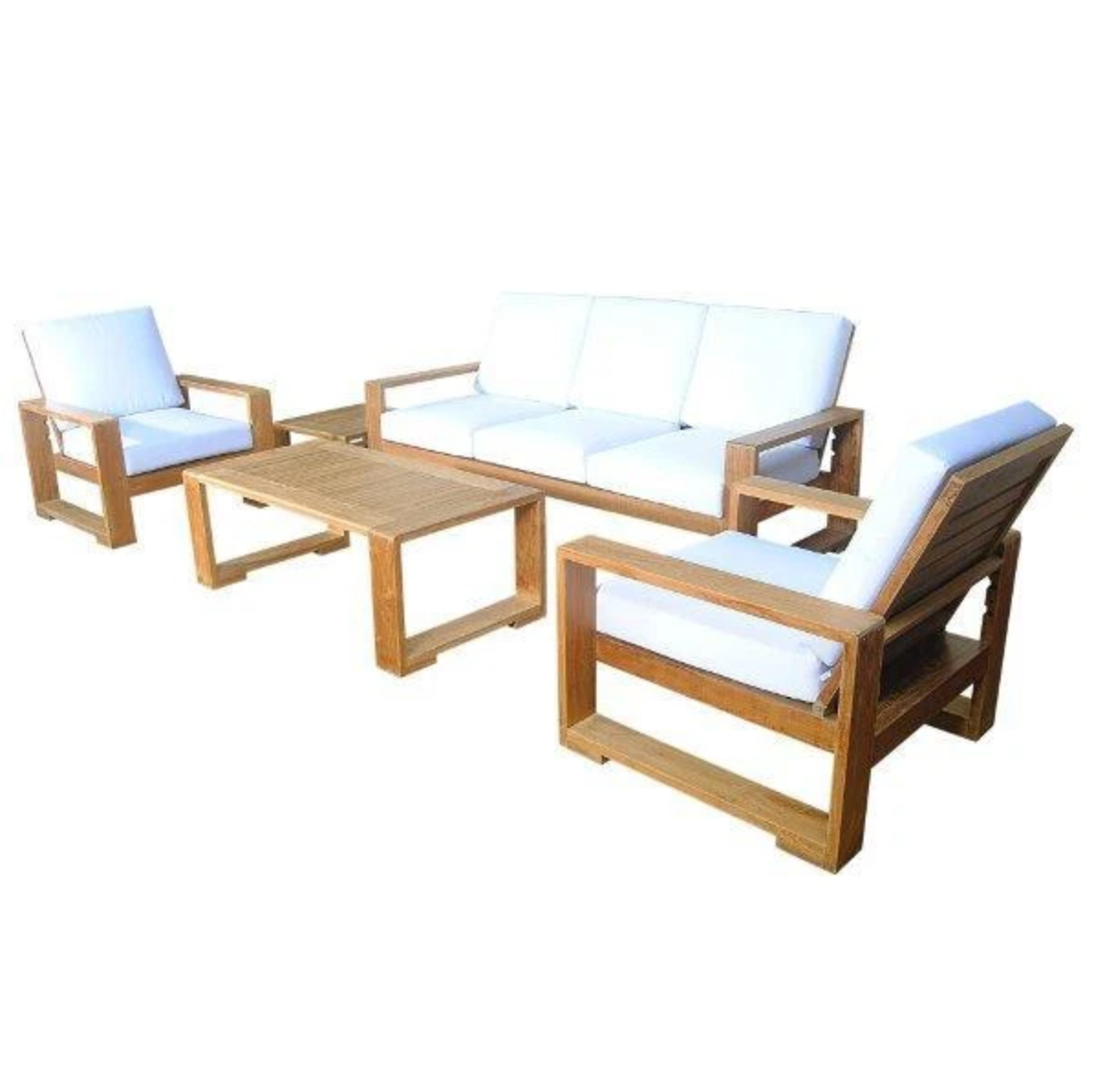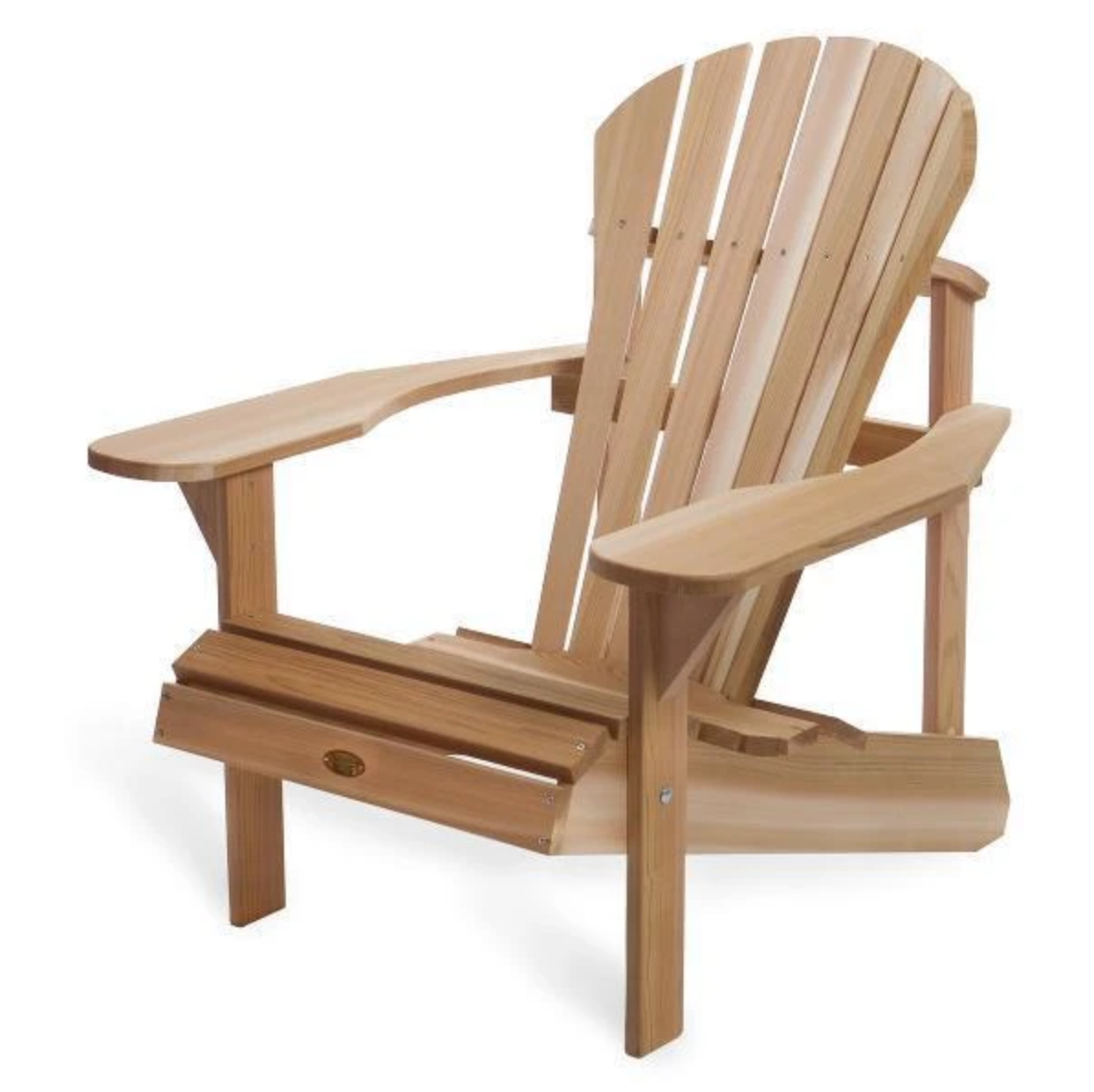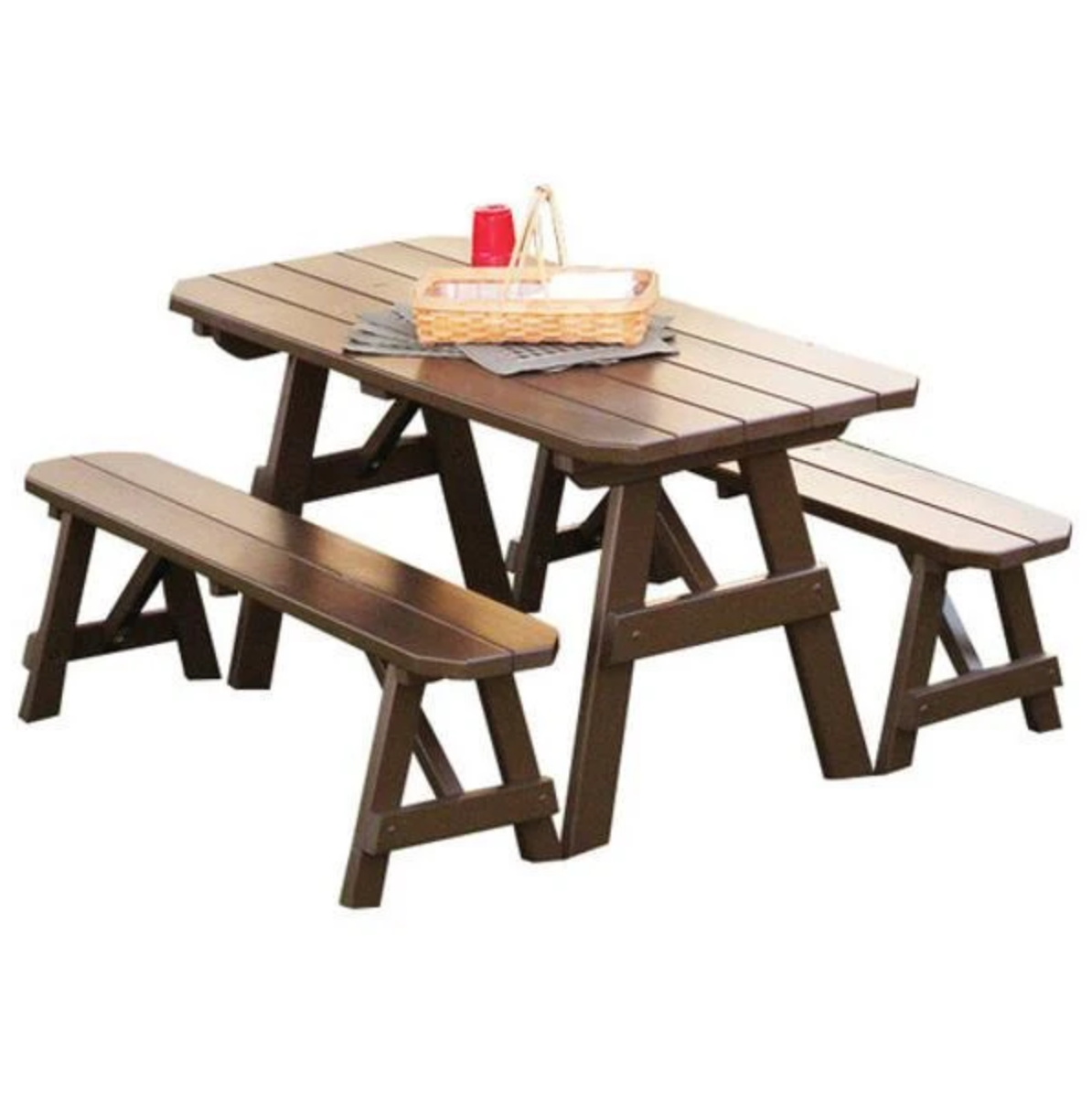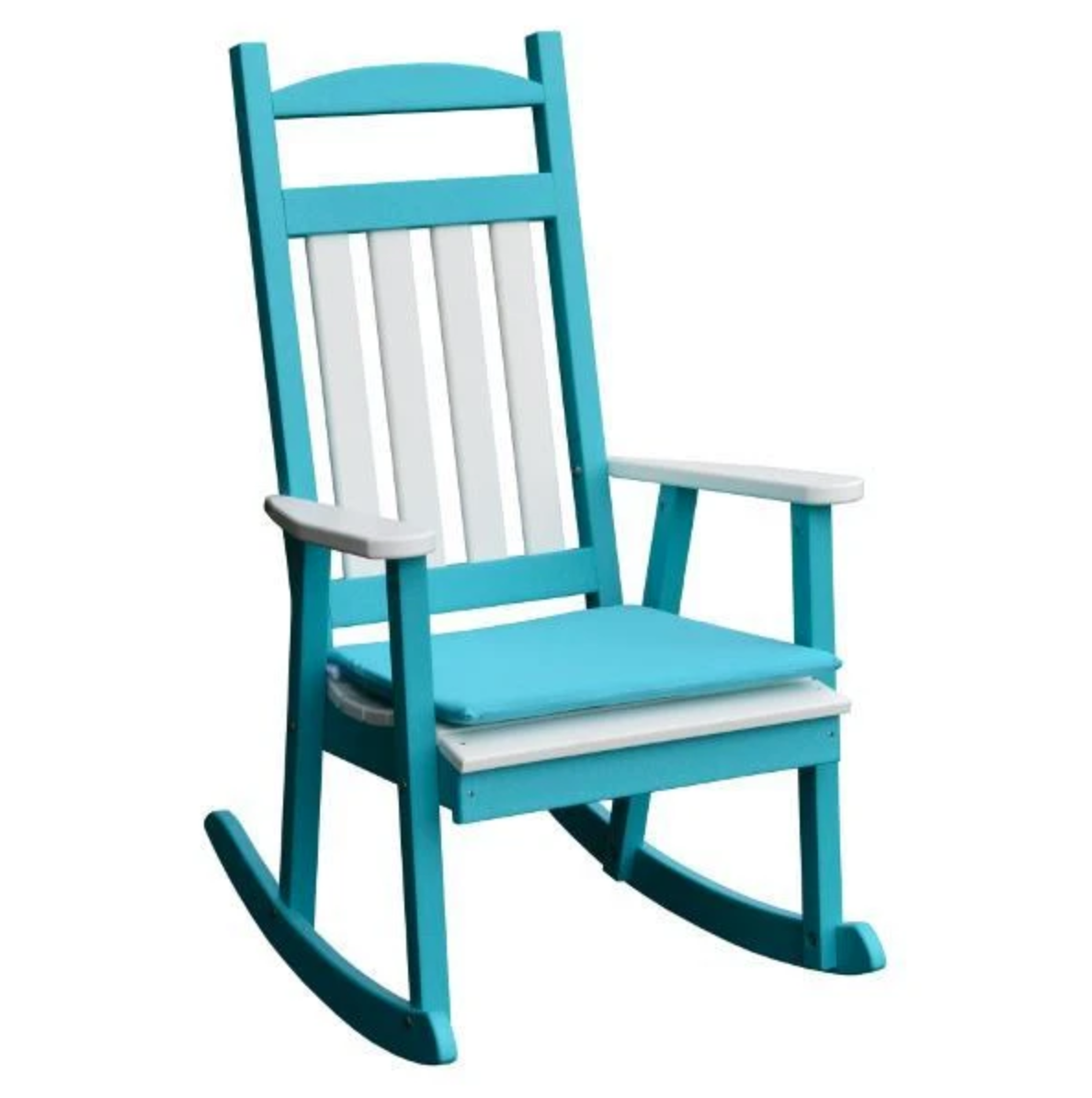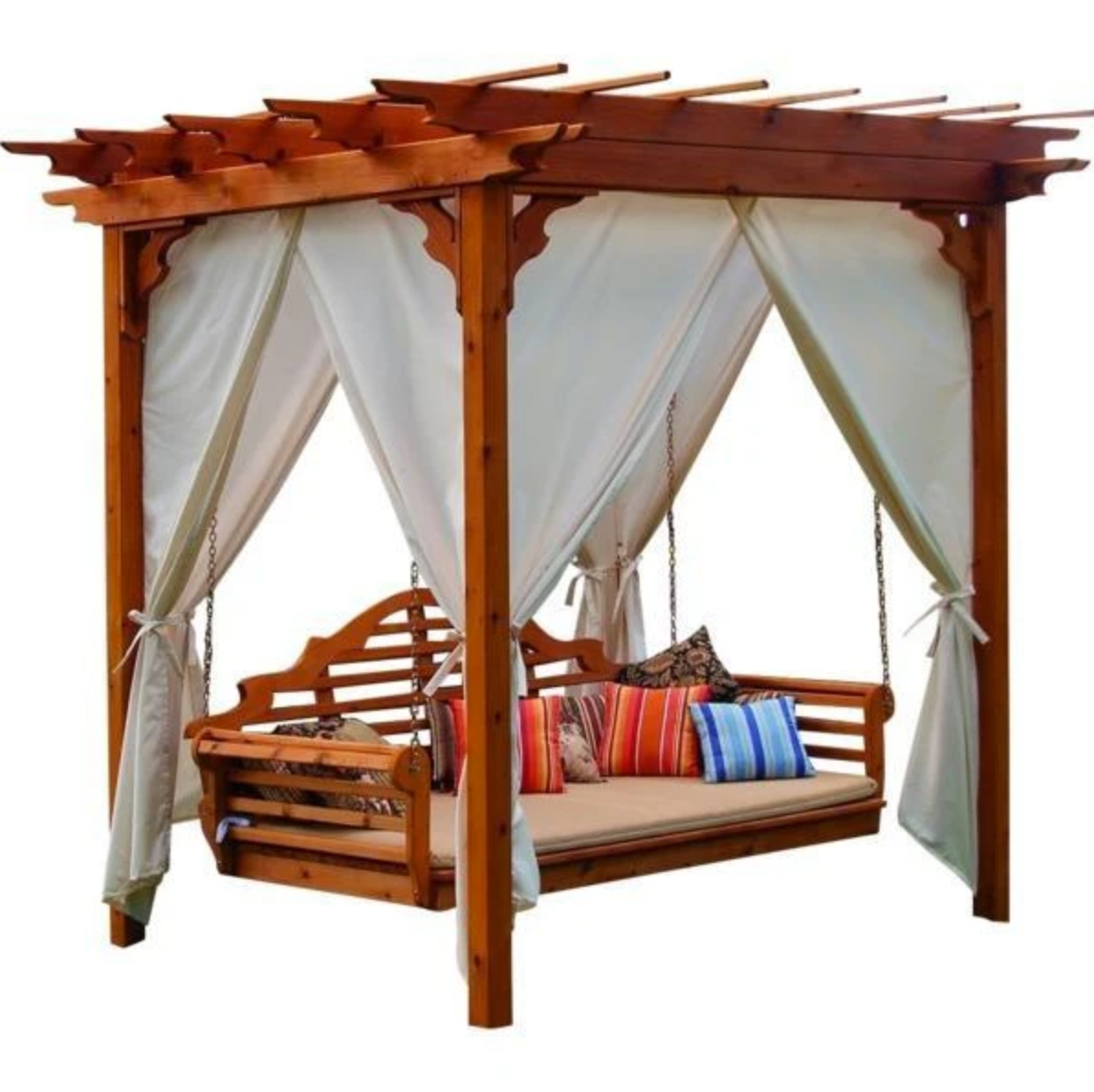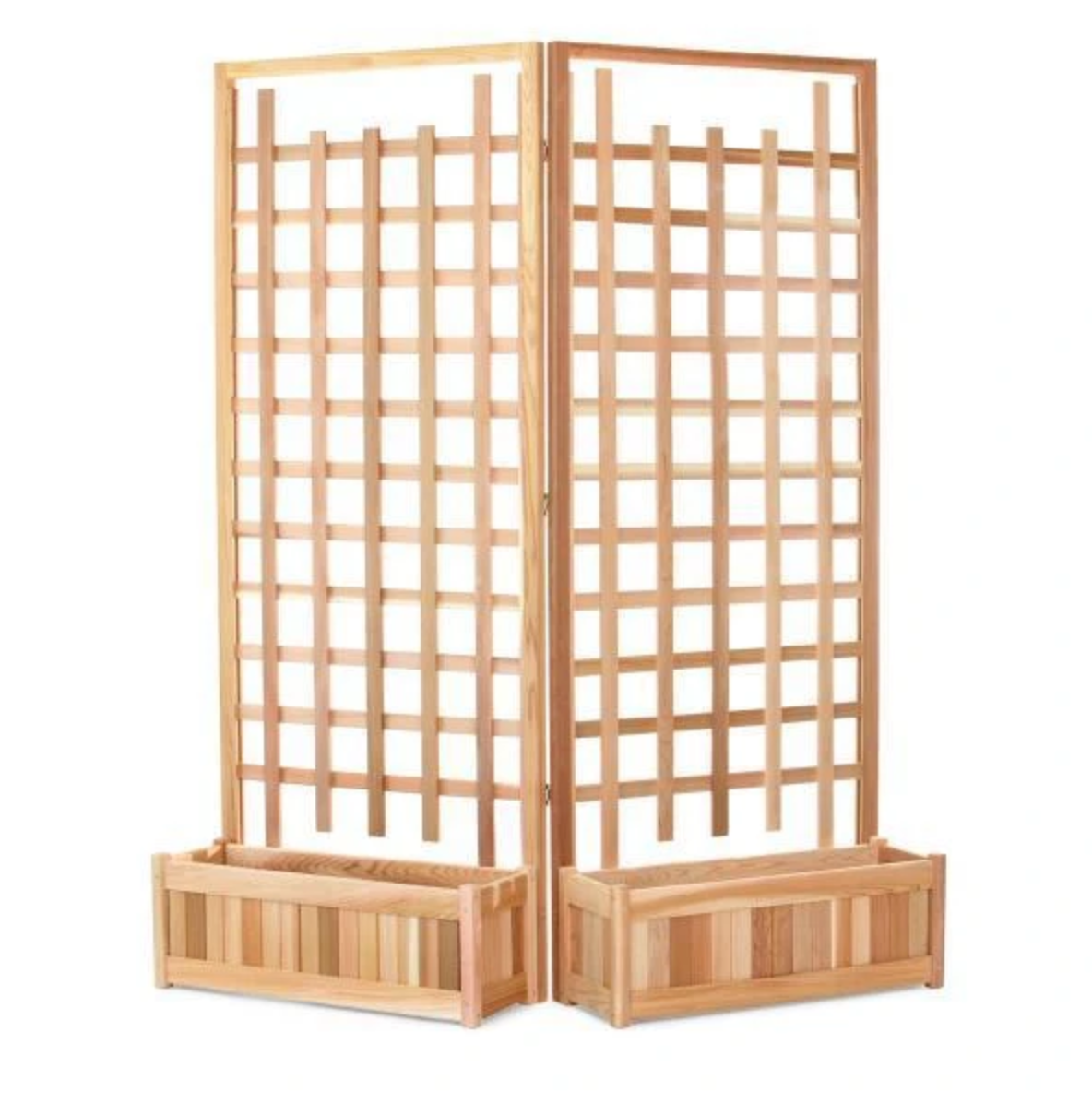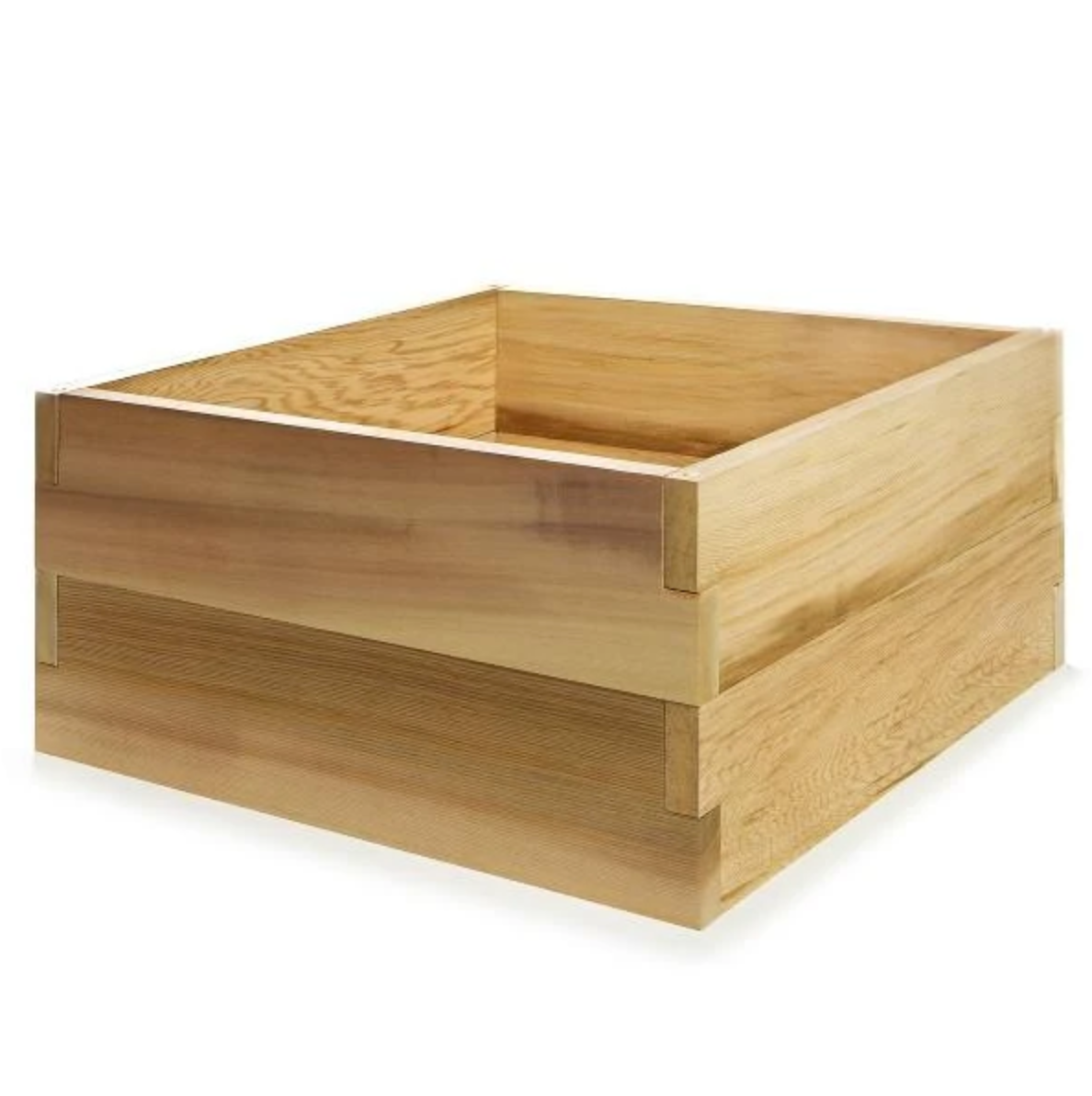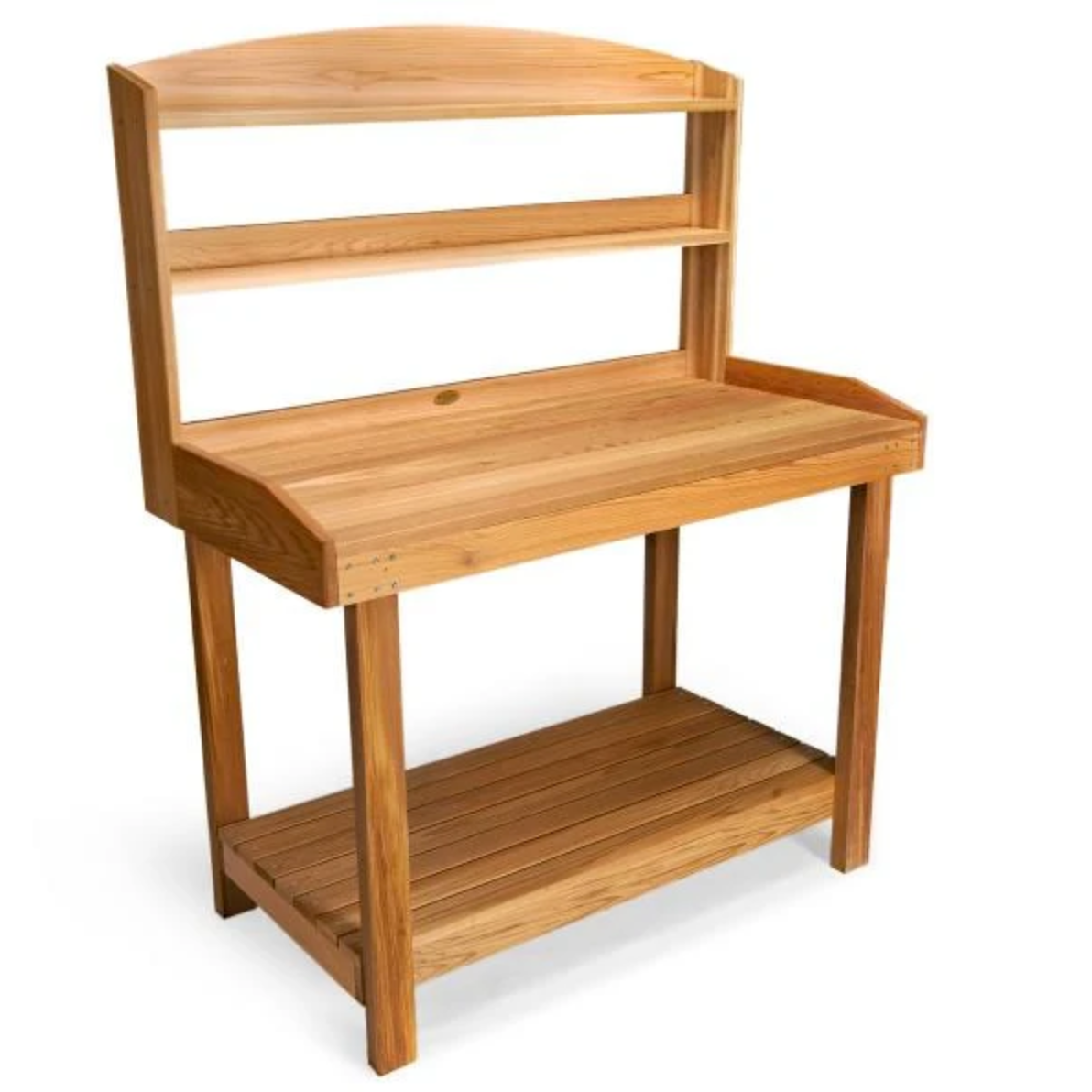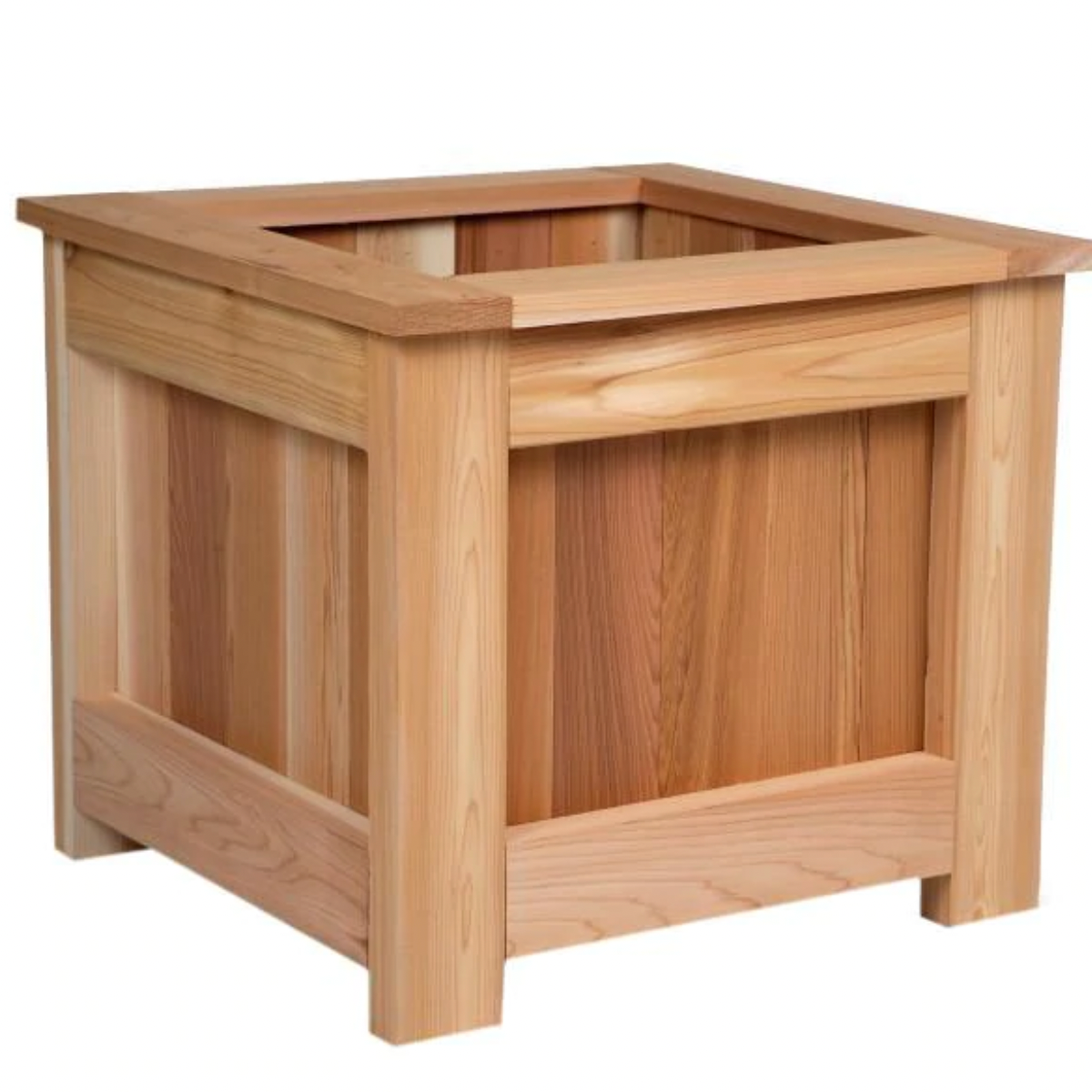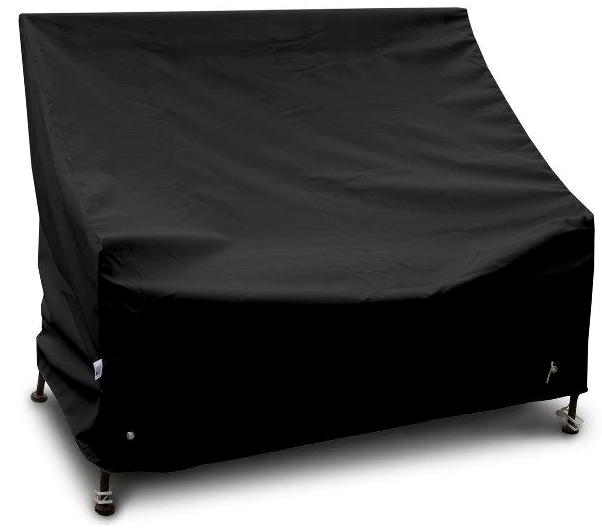Your Cart is Empty
FREE SHIPPING ON EVERY ORDER
Menu

FREE SHIPPING ON EVERY ORDER
Swings
Benches
Tables & Chairs
Home & Garden
Guide For Creating A Wall Garden
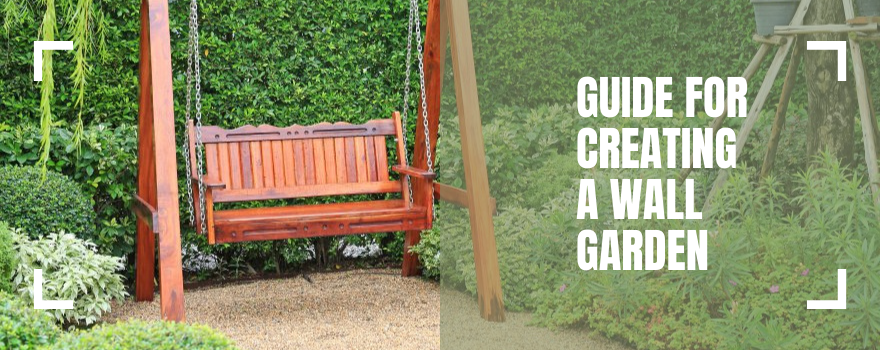
Gardener and landscape designers are becoming more creative and coming up with innovative ways to show off plants as accents. One of which is by incorporating a wall garden or vertical garden. Vertical gardens make an excellent way to articulate any space, whether it's indoors or outside of your home.
Here are some reasons why wall gardens are being loved by many, including urban landscape designers.
How to create a wall garden?
1. Wall gardens breathe life into dull and boring architectural and urban structures. Just imagine yourself walking on a path lined with building after building and unexpectedly see a wall lined with greenery. It's such a refreshing scene for the eyes. It's also being utilized in the streets and long stretches of roads to reduce heat and carbon dioxide, as well as synthesize harmful toxins like carbon monoxide.
2. Wall garden can fill up blank space and makes an excellent substitute for an artwork. Forget about bidding and shelling out dollars for the latest Picasso painting and get yourself a wall garden instead. Wall gardens won't be sensitive to touch and can be appreciated near or far by anyone.
3. It creates an inviting presence. If your patio or backyard doesn't have a scenic view, a vibrant and lush wall garden can be very welcoming. Planting a wall garden on your indoor spaces makes a great accompaniment in enjoying your morning coffee.
4. Wall gardens can offer you privacy. If you're looking for an alternative to tall trees, hedges or fences, consider a screen with a view. Plant your greens on supports instead of a wall. Similarly, if you live in an apartment where the only view you have is your neighbor's windows, hire a pro to construct a garden that floats right outside your window. Do check with your landlord if they allow this, though.
5. Wall garden can be edible too! Imagine plucking grapes right from your wall, and you don't even have to get up from your lounge chair. Small herbs and vegetables like tomatoes can be taken off the ground if you don't have enough gardening space.
Guide to Starting a Wall Garden
Now that you know some ideas about why you should start your wall garden, here are some guidelines on how to get started.

Determine what type of wall garden you want to create. There are different ways to create a wall garden. The easiest is to use potted plants in decorative planters and hung together in rows and columns to create a large patch that can be suspended on the wall using a slat-like system or chicken wire. A recycled wooden palette can also be used.
There are also planters with hooks for easy hanging. Another type is the pocket garden, which is a wall system where plants are housed in a pocket made of felt or canvas. DIYers are also coming up with so many ideas to create their wall gardens, so maybe you can also come up with your own.
Place it where the plants will get their nutrients. Most plants will be happy to get the same amount of sun and water, but there are some types of plants that thrive better in cooler and shaded areas, and there are plants that need a lot of sunlight. Determining the requirements of the plants you want to use will help you locate the ideal space for your wall garden.
Choose your plants. Aside from succulents and herbs, you can try growing easy vegetables like salad greens or tomatoes. Go the safer route and choose seedlings over seeds if you're starting your wall garden. Choose herbaceous plants over woody plants. Herbaceous plants have more flexible stems, so it looks more beautiful when it swags down from your wall garden, unlike woody plants which are more rigid with firm roots.
Use plants that will grow together under the same conditions. As wall gardens tend to group plants tightly together, it's easier to grow plants that require the same amount of sun and water. This will also ensure that all plants are growing at the same rate.
Plot your plant placement. Gravity will play an important part here and will tend to pull down water, so arrange the plants accordingly by starting with the plants that don't need much water and placing it on top. If you plan to start with seeds, grow it horizontally first and let it thrive for the first few weeks before transferring it to your wall garden. This way, the roots won't be too fragile when you decide to move or replant it.

Plan how you'll water your plants. As mentioned, wall gardens tend to need more water because of gravity pulling moisture down. If your wall garden is small, you can get away with a spray bottle, a hose or watering can, but if you have a bigger wall garden, you might want to consider getting a drip irrigation system. You have to make sure that each plant is getting its fair share of water.
Don't think you have the patience of growing out real plants but love the overall look of a wall garden? Try using artificial plants that do not need any maintenance but still provides a refreshing green color to your space. If you need a pop of green surprisingly and refreshingly, try creating your wall garden by following the tips above.
Also in News
US
United States
Dec 27, 2025 07:00
Product Tag :
Product Collection :
×
